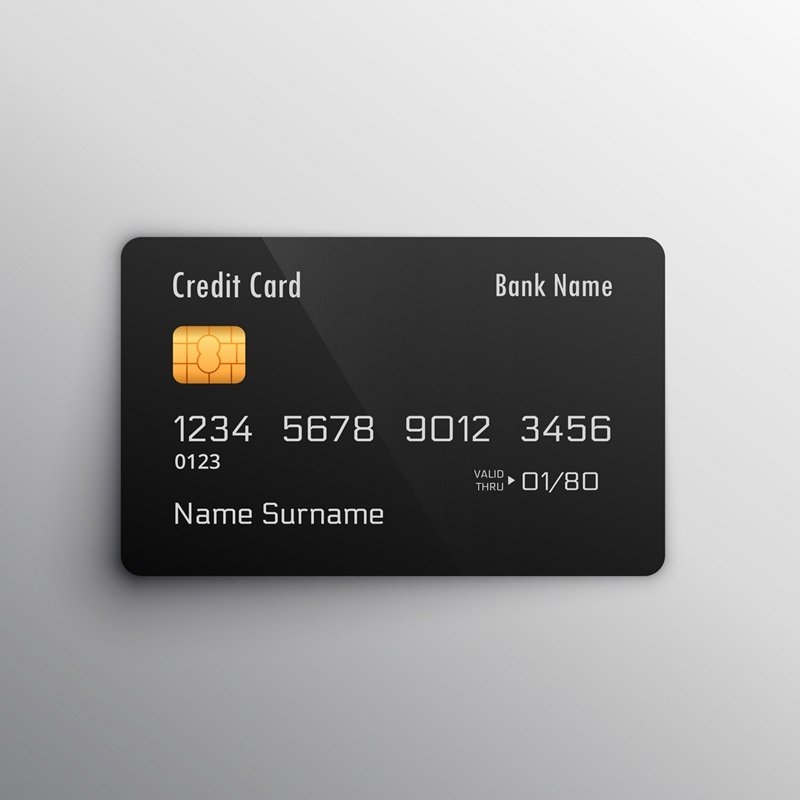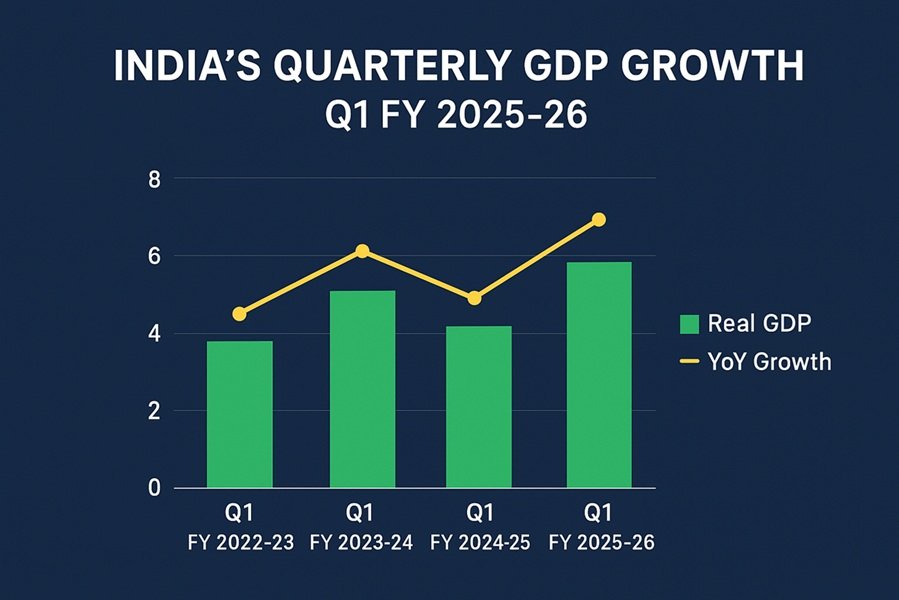
Card payment service providers are integral to the modern financial ecosystem, facilitating secure and seamless transactions for consumers and businesses alike. These providers offer a variety of payment solutions, including credit cards, debit cards, prepaid cards, and digital wallets. In India, Rupay has emerged as a prominent local player in the card payment industry. Understanding the different card payment service providers and the types of cards they offer can help consumers make better financial decisions.
1. Rupay (India’s Domestic Payment Network)
Rupay is India’s own domestic card payment network, launched by the National Payments Corporation of India (NPCI) in 2012. Rupay aims to offer a cost-effective and secure alternative to global payment networks like Visa and MasterCard, focusing primarily on the Indian market.
How Rupay Works:
Rupay works similarly to other card networks, partnering with banks and financial institutions to issue cards linked to consumers’ bank accounts. Rupay cards can be used for online and in-store transactions within India, as well as internationally in some cases.
Types of Rupay Cards:
- Rupay Debit Cards: These cards are linked to a bank account and allow users to withdraw cash and make purchases directly from their bank balance.
- Rupay Credit Cards: Similar to credit cards from other providers, these cards allow users to borrow funds up to a specified limit, which must be repaid over time with interest if not paid in full.
- Rupay Prepaid Cards: These cards come preloaded with funds and can be used for various types of purchases, including online and in physical stores.
- Rupay Contactless Cards: These cards enable quick payments by simply tapping the card on a compatible terminal, offering speed and convenience for everyday transactions.
Pros of Rupay Cards:
- Lower transaction fees, which benefits both merchants and consumers.
- Designed to support the Indian economy by encouraging local payment networks.
- The government supports Rupay cards, making them more likely to be accepted at government services and institutions.
- Widely accepted across India, with increasing international recognition.
Cons of Rupay Cards:
- Limited global acceptance compared to Visa and MasterCard.
- Fewer premium benefits and rewards programs than global card issuers.
- Acceptance of Rupay cards outside India may still be limited, though this is improving.
2. Visa
Visa is one of the most widely recognized card payment service providers globally, offering a broad range of card products, including credit cards, debit cards, and prepaid cards. Visa’s network is present in over 200 countries, making it one of the most widely accepted payment platforms for both online and offline transactions.
How Visa Works:
Visa operates through its extensive network of financial institutions that issue Visa-branded cards to consumers. The cards can be used for purchasing goods and services, both in physical stores and online, with payments processed through Visa’s secure network.
Types of Visa Cards:
- Visa Credit Cards: These cards allow users to borrow funds up to a pre-approved limit, with the amount to be repaid later with interest.
- Visa Debit Cards: Linked directly to a bank account, allowing users to make payments and withdraw cash based on available account balance.
- Visa Prepaid Cards: These cards are preloaded with a set amount of money, and they can be used until the balance is exhausted.
- Visa Contactless Cards: A newer technology that allows users to make quick payments by tapping the card near the payment terminal, without needing to swipe or insert the card.
Pros of Visa Cards:
- Widely accepted globally, making them ideal for international transactions.
- High-security standards, including fraud protection and secure encryption.
- A variety of rewards programs, including cashback, travel points, and shopping discounts.
Cons of Visa Cards:
- Fees may apply, such as annual fees, foreign transaction fees, and cash advance charges.
- Interest charges on outstanding balances for credit cards.
- Limited availability of rewards programs on some cards.
3. MasterCard
MasterCard is another major global player in the card payment industry, similar to Visa, offering a range of financial products, including credit, debit, and prepaid cards. MasterCard operates a vast network of payment services that cater to both personal and business needs, with a focus on security and global acceptance.
How MasterCard Works:
MasterCard operates by working with banks and financial institutions that issue its branded cards to customers. Payments made using MasterCard cards are processed through its secure payment network, enabling smooth and reliable transactions for both consumers and merchants.
Types of MasterCard Cards:
- MasterCard Credit Cards: These cards offer a credit limit and allow users to borrow money, paying back with interest if the balance is not cleared in full each month.
- MasterCard Debit Cards: Directly linked to a user’s bank account, these cards allow for immediate transactions, withdrawing funds directly from the balance.
- MasterCard Prepaid Cards: A prepaid option that comes preloaded with a specific amount of money and can be used for purchases until the balance is depleted.
- MasterCard World Cards: These premium cards offer exclusive benefits like concierge services, higher rewards, and enhanced travel privileges.
Pros of MasterCard Cards:
- Broad acceptance worldwide, both for online and in-store purchases.
- Advanced fraud protection technologies, including chip technology and real-time alerts.
- Special perks on premium cards, such as access to airport lounges, travel insurance, and concierge services.
Cons of MasterCard Cards:
- High annual fees on premium cards.
- Interest charges on outstanding credit balances.
- Foreign transaction fees may apply when using the card internationally.
4. American Express (Amex)
American Express (Amex) is a well-known card payment service provider, particularly famous for offering premium credit cards with various exclusive benefits. While Amex is not as widely accepted as Visa or MasterCard, it is still a significant player in the global card industry, offering unique perks for consumers.
How American Express Works:
American Express operates by issuing credit cards directly to consumers through its network. It also acts as the payment processor for transactions, ensuring the secure movement of funds between the cardholder and the merchant.
Types of American Express Cards:
- American Express Credit Cards: These cards come with various benefits, including cashback, reward points, and travel-related perks. They typically have higher annual fees but offer exclusive features in return.
- American Express Charge Cards: Unlike credit cards, charge cards require the full payment of the outstanding balance at the end of each billing cycle, with no interest charges. These cards come with a variety of high-end benefits.
- American Express Prepaid Cards: Preloaded cards that can be used for everyday purchases or as gifts.
Pros of American Express Cards:
- Premium benefits, including access to luxury lounges, exclusive events, and concierge services.
- High rewards rate for spending, especially on travel-related expenses.
- Strong fraud protection and purchase protection features.
Cons of American Express Cards:
- Not as widely accepted as Visa and MasterCard, especially in some countries or smaller merchants.
- High annual fees on most cards.
- Some foreign transaction fees may apply.
5. UPI Cards (Unified Payments Interface)
The Unified Payments Interface (UPI) has become a popular digital payment method in India, and several card service providers are now integrating UPI functionality into their payment platforms. UPI allows users to send and receive money instantly using their mobile phones, and many card issuers now offer UPI-based payment solutions for added convenience.
How UPI Cards Work:
UPI allows users to link their bank accounts directly to mobile payment applications and card services, enabling instantaneous peer-to-peer transfers, bill payments, and other financial transactions using a smartphone.
Types of UPI Cards:
- UPI Debit Cards: These cards allow users to make transactions by linking their bank account directly to the UPI platform.
- UPI Credit Cards: Credit cards integrated with UPI provide users with easy access to both credit facilities and UPI payment functionality.
Pros of UPI Cards:
- Instant and seamless payments, even across different bank accounts.
- No need for cash, as UPI facilitates digital payments for all types of transactions.
- Available on most smartphones with internet access.
Cons of UPI Cards:
- Reliant on a stable internet connection for effective usage.
- Some UPI transactions may incur processing fees.
- Limited international usage.
Conclusion
Card payment service providers offer a wide range of payment solutions to cater to different needs, from global giants like Visa and MasterCard to local networks like Rupay. Whether you’re using a credit, debit, or prepaid card, understanding the available options can help you choose the right card for your spending habits, financial goals, and security preferences. As digital payments continue to grow in popularity, knowing the features, benefits, and limitations of each card provider will help you make the most informed decision.





